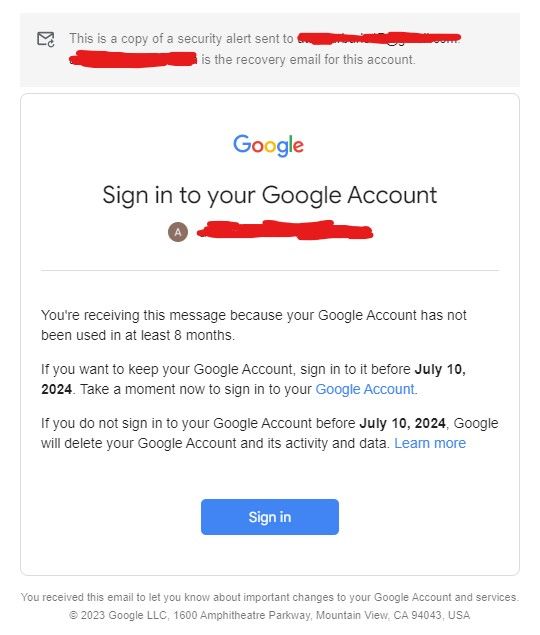It has technically been possible to get a Google account since 2004 when Gmail was first launched. Back then, the account was good for just emails, but now, it can be used across a variety of different Google services. There are probably a lot of inactive accounts at this point, and now Google is going to start clearing them out.
Back in May, Google announced that it would begin deleting inactive accounts, but the wave of deletions wouldn’t start immediately. Instead, the company said that the crackdown will begin in December 2023. If you happen to have a calendar nearby, you’ve probably noticed that the deadline is just around the corner. As of the time of publication, the deletions will start in one week.
If you happen to have an old Google account that you haven’t accessed in years, it’s time to act fast if you want to keep it around. Make sure to locate the password or reset it if required, and then log in, to avoid losing access to any important information or services associated with the account. If your account has been inactive for less than two years, but will be subject to deletion under the new policy within the next few months, Google will likely send an email to the recovery address associated with the account with the exact shutdown date. In that case, you don’t have to log in by December (although why not do it now?), but you will have to log in by the date that email gave you. You could also set up periodic reminders to log in and stay active to not lose it throughout the next few years.
For some really old, forgotten accounts, the wave of deletions not a big deal. However, if you do have anything of value in that account, such as specific emails with essential information, a file in Google Drive, or some photos in Google Photos, you might want to keep it around. You can also export data from the account to keep in another online service (like one of the best cloud storage services) or a local backup.
Source: Google
source
